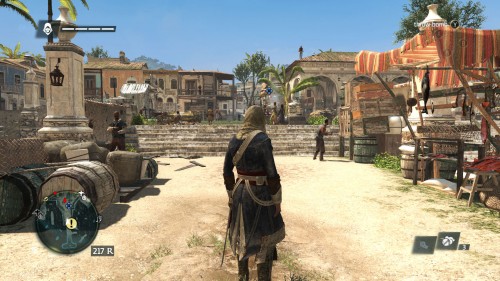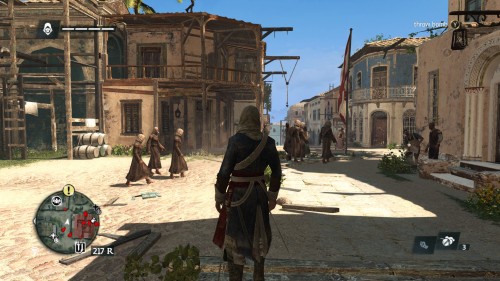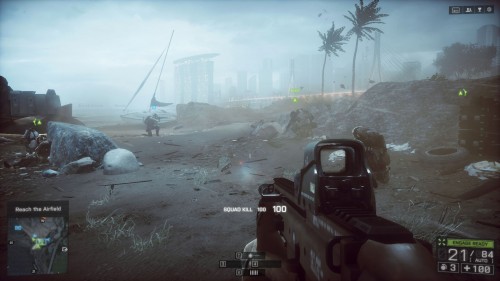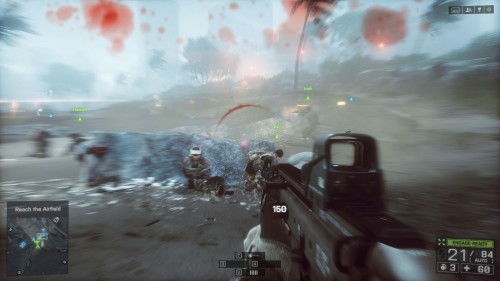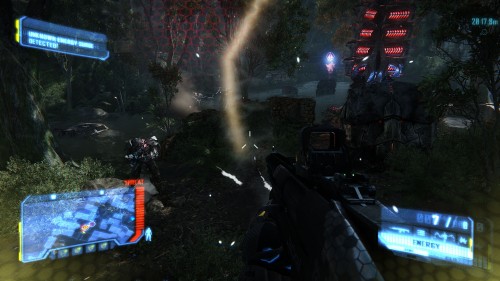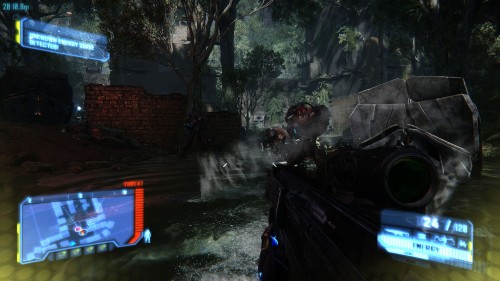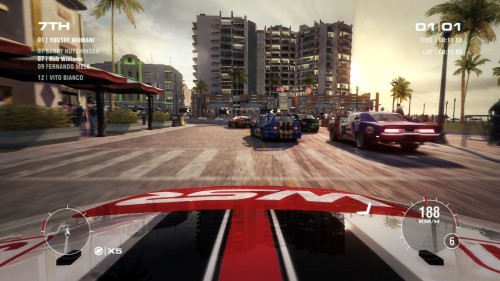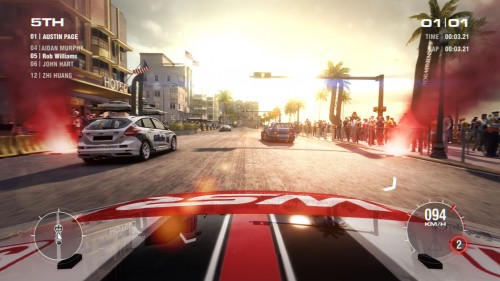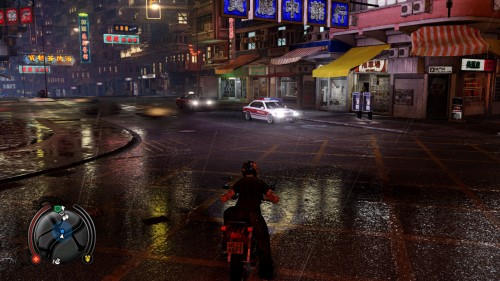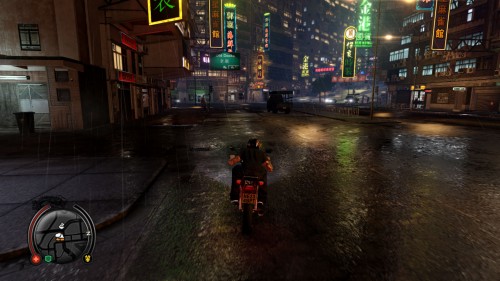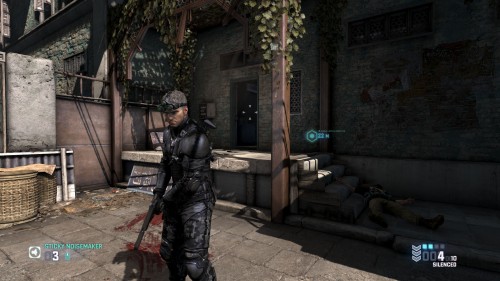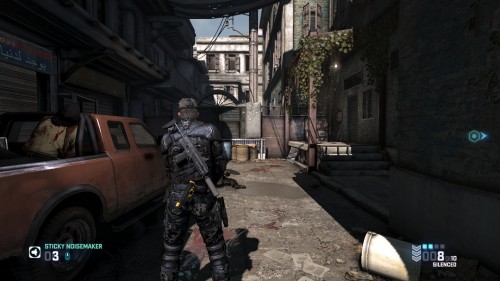- Qualcomm Launches Snapdragon 4 Gen 2 Mobile Platform
- AMD Launches Ryzen PRO 7000 Series Mobile & Desktop Platform
- Intel Launches Sleek Single-Slot Arc Pro A60 Workstation Graphics Card
- NVIDIA Announces Latest Ada Lovelace Additions: GeForce RTX 4060 Ti & RTX 4060
- Maxon Redshift With AMD Radeon GPU Rendering Support Now Available
NVIDIA GeForce GTX 750 Ti Review: 1080p Gaming without a Power Connector

It’s often hard to get excited about a new $149 graphics card, but NVIDIA’s GeForce GTX 750 Ti becomes one of the rare exceptions. For starters, it doesn’t require a power connector, and it has half the TDP requirement of its nearest competitor – all despite promised performance improvements. What more can be said? Read on!
Page 7 – Best Playable: 1080p Single Display
For about as long as GPU-accelerated games have existed, an ideal performance target has been 60 frames-per-second. Owing thanks to this is the standard 60Hz monitor, which delivers its best result when the framerate matches its refresh rate. To make sure the monitor’s refresh rate and game’s framerate keep aligned, to avoid visible tearing, VSync should be enabled.
While I believe our Best Playable results will appeal to any gamer, they could especially prove useful to those intrigued by livingroom gaming or console replacements. The goal here is simple: With each game, the graphics settings are tweaked to deliver the best possible detail while keeping us as close to 60 FPS on average as possible.
Because our Metro Last Light and Total War: SHOGUN 2 tests are timedemos, and because this kind of testing is time-consuming, I am sticking to six out of the eight games I test with for inclusion here.
Our regular benchmark tests showed that the R7 260X and 750 Ti are about the same, with NVIDIA getting the slight edge. The differences are so minor, that the Best Playable settings for each game have been kept identical for both cards – giving us the benefit of gaining results for both Best Playable and apples-to-apples.
With the standard settings I use for AC IV, NVIDIA’s card came a little bit ahead of AMD’s. But something odd happened when I tested the card with the Best Playable settings: The roles reversed. I can’t summon the logic to explain why this is the case, but multiple tests proved these results to be consistent.
NVIDIA’s 750 Ti somehow lagged behind the R7 260X in AC IV, but it manages the opposite with BF 4.
AC IV and BF 4 saw the tested cards swap places, but with Crysis 3, the results are what I’d consider identical.
Once again, we see a difference of a mere 1 FPS. I don’t want to think of the caffeine kick required to notice that difference in the real-world.
Sleeping Dogs is AMD’s game, but the latest optimizations in NVIDIA’s GeForce drivers helped give the 750 Ti a lead.
It looks like we couldn’t wrap-up the Best Playable results without some oddball findings. For whatever reason, AMD’s card performed better on average, but NVIDIA’s better at the minimum. Regardless of how these results are interpreted, though, one thing’s for sure: Both play at above 60 FPS, which is important.
Support our efforts! With ad revenue at an all-time low for written websites, we're relying more than ever on reader support to help us continue putting so much effort into this type of content. You can support us by becoming a Patron, or by using our Amazon shopping affiliate links listed through our articles. Thanks for your support!




